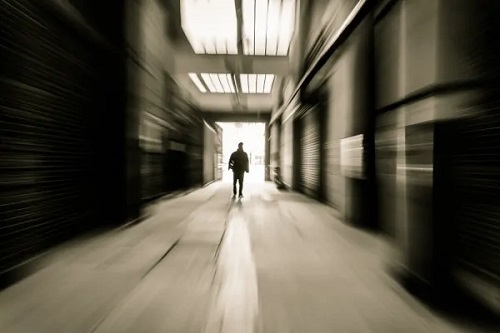 Saturday, April 20, 2024
Saturday, April 20, 2024  Saturday, April 20, 2024
Saturday, April 20, 2024 
It is not uncommon for building fire alarm control panels, sprinkler risers, standpipes, etc. to be temporarily taken out of service when repairs are necessary. In other cases, a particular zone or detection device might be temporarily taken offline while waiting for a service company to investigate and complete corrective measures. Fire safety protection systems may also be down while a building floor is undergoing renovations, including re-location of sprinkler heads and other fire system devices such as heat and smoke detectors, visual and audible devices, and pull stations. Whenever critical fire and life safety equipment in a building is out of service, building operators are to implement fire watch procedures immediately, as outlined in the approved fire safety plan. One of the first steps is to post the bypass notices throughout the building. This signage is to display the particular fire and life protection system which has been bypassed and the in case of fire emergency procedures. Notices are to remain posted until the applicable equipment has been re-activated. Hot works construction activities in a building, such as using a cutting torch, welding, or other flame/spark generating work, call for localized fire watch procedures. Hazardous activities similar to hot works during building demolitions also fall under the fire watch criteria.
During a fire watch, elected fire watch personnel, or in some cases an outsourced security company, actively look for evidence of smoke or fire as they walk through the entire building. The number of personnel involved in the fire watch must be adequate to cover all areas of the building within specified time limits, and they are not permitted to perform any other duties. While on patrol, it is vital they are equipped with a working cellular telephone for a means to call the City fire services. If smoke or fire is seen, they must declare a building emergency and contact the City fire services immediately. Log sheets are available in the approved fire safety plan for documenting contact with the City fire services at the start and end of each fire watch interval or shift change. Until the particular fire protection system(s) are back online, the fire watch personnel are to regularly maintain written logs, indicating date, time, and alarm status. The fire watch personnel are to have an up-to-date list of occupants requiring assistance, including names and locations in the building. Canceling the fire watch is based on the fire and life safety systems being fully operational, at which time the City fire services are notified and the bypass notices are removed.
This article was contributed by Firepoint Inc., serving the GTA since 1997, developing fire department approved Federal and Provincial fire safety plans for newly constructed and existing buildings.